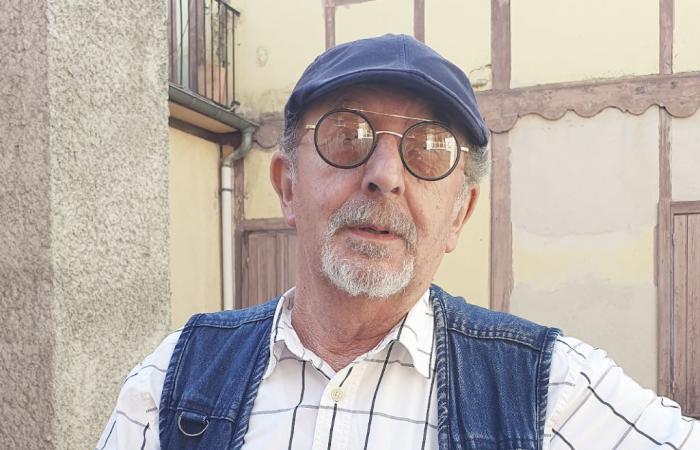
“The Forgotten Tarbes” is the latest book by Daniel Mur. He will dedicate it this Saturday, November 9 at the Leclerc cultural center in Tarbes.
Tarbes, a city steeped in history, hides in its streets, its buildings and its collective memory a heritage that is sometimes forgotten, even little known. Daniel Mur, an author passionate about his hometown, took on real work of cultural archeology by publishing Le Tarbes Forgotten. This Saturday, November 9, he will be signing at the Leclerc Cultural Center on rue Foch, in Tarbes, from 3 p.m. to 6 p.m., to share this work with all local history lovers.
The erased history of an ancient city
The Forgotten Tarbes plunges us into a meticulous exploration of the vanished traces of the city, those which bore witness to its living and singular past. Tarbes has seen the disappearance, over the centuries, of many buildings, sites and traditions which were an integral part of its identity. In this work, Daniel Mur brings back to life these disappeared places and these forgotten figures who marked the daily life of the Tarbais of yesteryear.
Thus, he evokes a hospital that cannot be found today, a cemetery of which only memories remain, and even an icebox, an ingenious innovation from the 17th century, which already made it possible to preserve food well before the modern era of refrigerators. These missing elements show to what extent Tarbes was able to innovate while adapting to the needs of each era, even if these witnesses of daily life have today disappeared from our urban landscape.
The Martinet islet and the Laubadère slaughterhouses, symbols of a working-class past
Among the other places that have faded from collective memory, we find the Martinet islet, as well as the Laubadère slaughterhouses, emblematic of a prosperous working-class past in the 20th century. These places, which were once an integral part of the economic and social life of Tarbes, have today given way to other urban developments. However, thanks to precise and passionate descriptions, Daniel Mur manages to resurrect these places for the reader, paying homage to a time when the city beat to the rhythm of its artisans, workers and traders.
Forgotten characters and customs
The author also invites us to discover historical figures and astonishing popular traditions, such as the mysterious Bartelote, the Guards-Messiers or even Gambrinus, a colorful character and protagonist of a “famous number” to be rediscovered. Through these portraits, Daniel Mur highlights the richness of local customs and picturesque characters who have shaped Tarbes culture. These stories, often anecdotal, recall a daily life full of singularity and legends, bringing a particular flavor to this intangible heritage.
The “Negro Quarter” and its transformations
Pages 56 to 70 of the book look at the history of the “Negro Quarter”, demolished in the 1950s. At the time, the term “negro” did not have the pejorative connotation that it can have today. 'today. Daniel Mur takes the opportunity to explain that many places and objects bear this name in a purely descriptive context, such as the famous Cap Nègre in the Mediterranean, or a variety of mushrooms nicknamed “Tête-de-nègre”. The “Negro Quarter” of Tarbes was a space full of life, at the heart of a community where families, traders and artisans met.
With the demolition of this district, a whole section of Tarbes memory has disappeared, and Daniel Mur gives it a place again here. It highlights the complexity of this working-class neighborhood, its modest homes, its lively streets, and its transformations which marked a turning point in the city's urban planning.
A dive into history so as not to forget
The Forgotten Tarbes is intended to be a tribute to these elements of lost heritage, but also a reminder of the value of our local history. Through his meticulous research and his love for Tarbes, Daniel Mur succeeds in capturing pieces of memory, often ephemeral, to inscribe them lastingly in the collective imagination.
By going to the Leclerc Cultural Center this Saturday, the people of Tarbais will have the opportunity to meet the author and ask him questions about his discoveries, his research methods, and his commitment to safeguarding collective memory.





